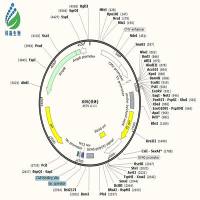Migration of mtDNA into the Nucleus
互联网
499
The endosymbiotic hypothesis proposes that mitochondria were once freeliving organisms that colonized another cell. Millions of years of evolutionary pressure created the present-day situation in which the mitochondrion is a semiautonomous organelle that is fully integrated into virtually every aspect of intermediary metabolism (1). A process central to this integration of mitochondrial and cellular activities has been the transfer of a large number of genes from mitochondria to the nucleus (2). This transfer of genetic material has altered the structure and composition of the nuclear genome and has been, perhaps, the major evolutionary influence on eucaryotic energy metabolism.








